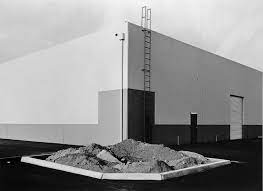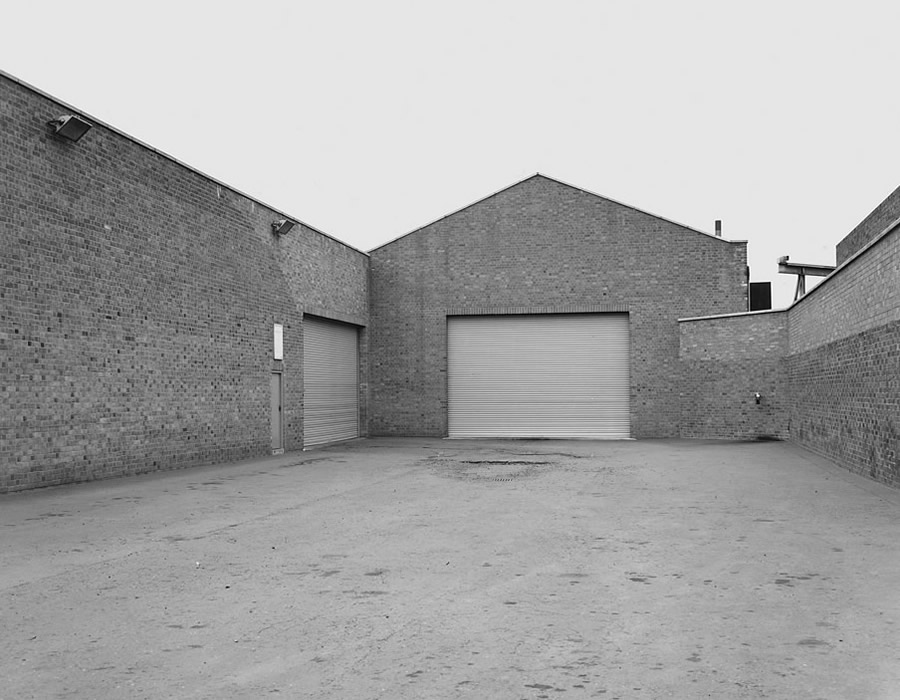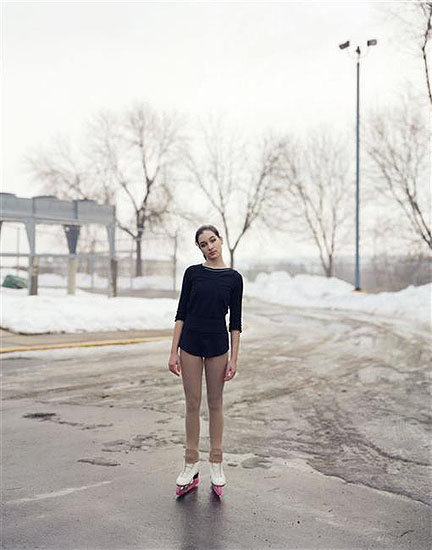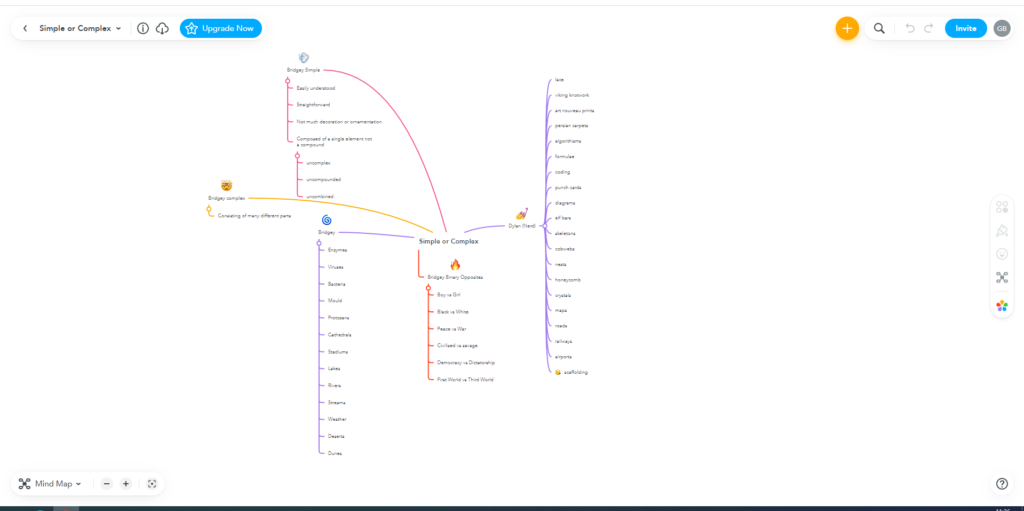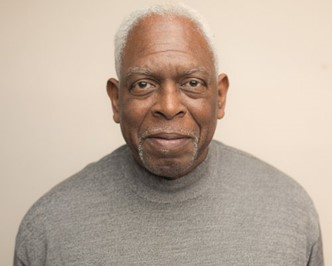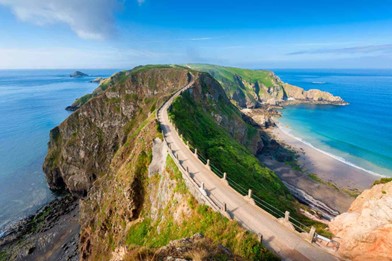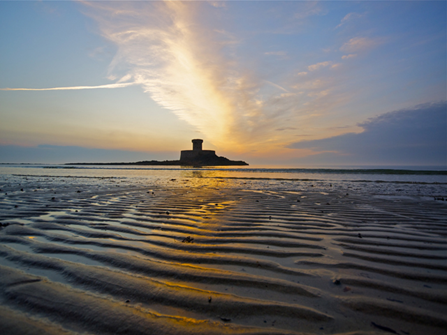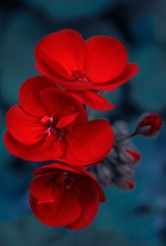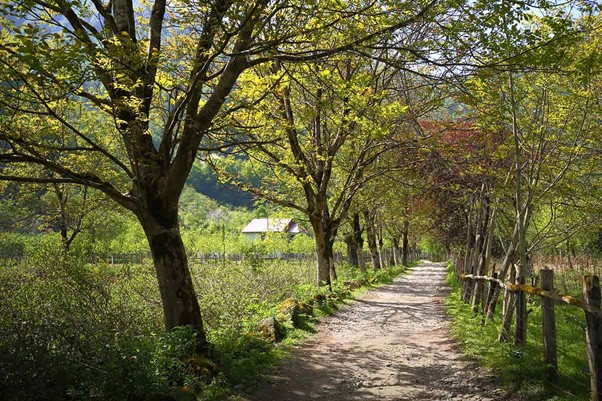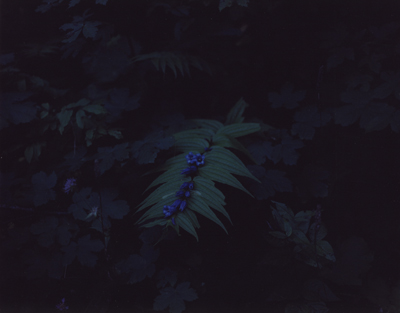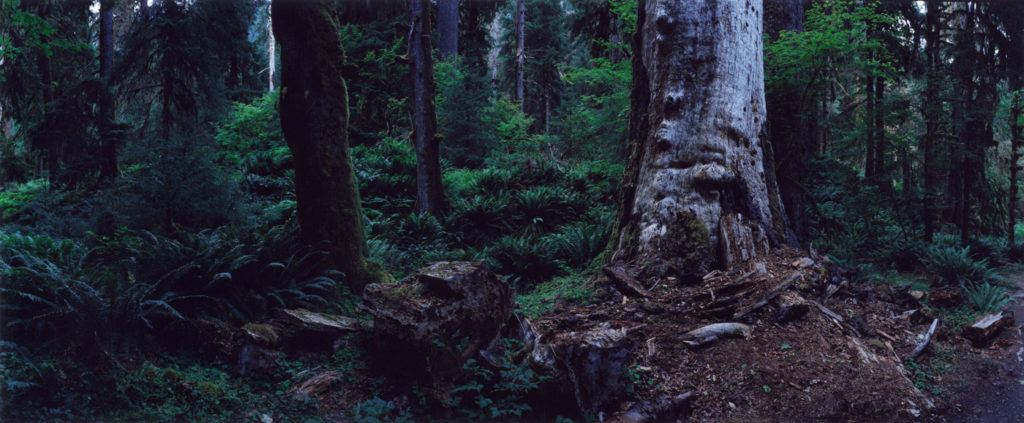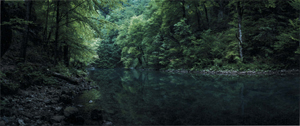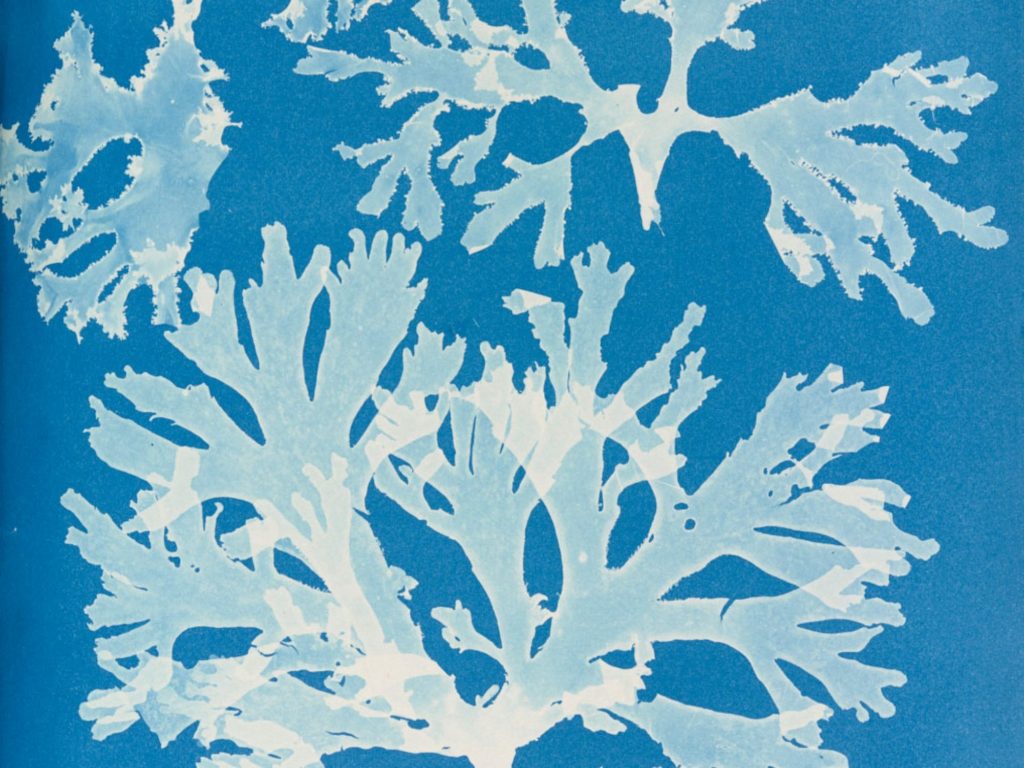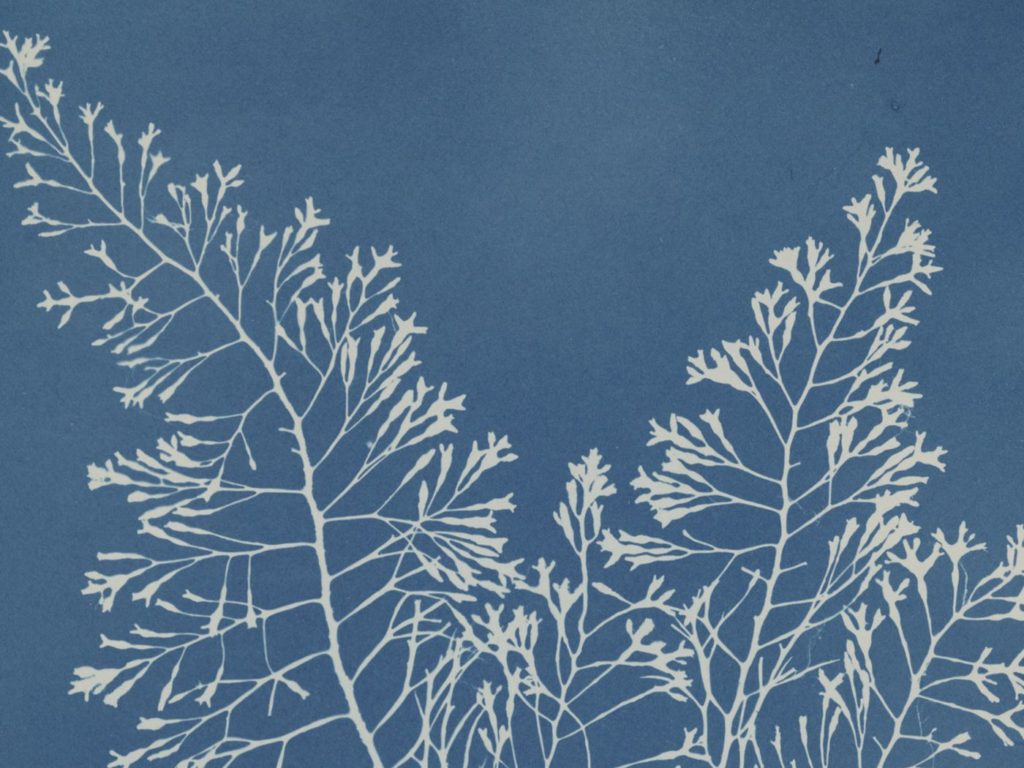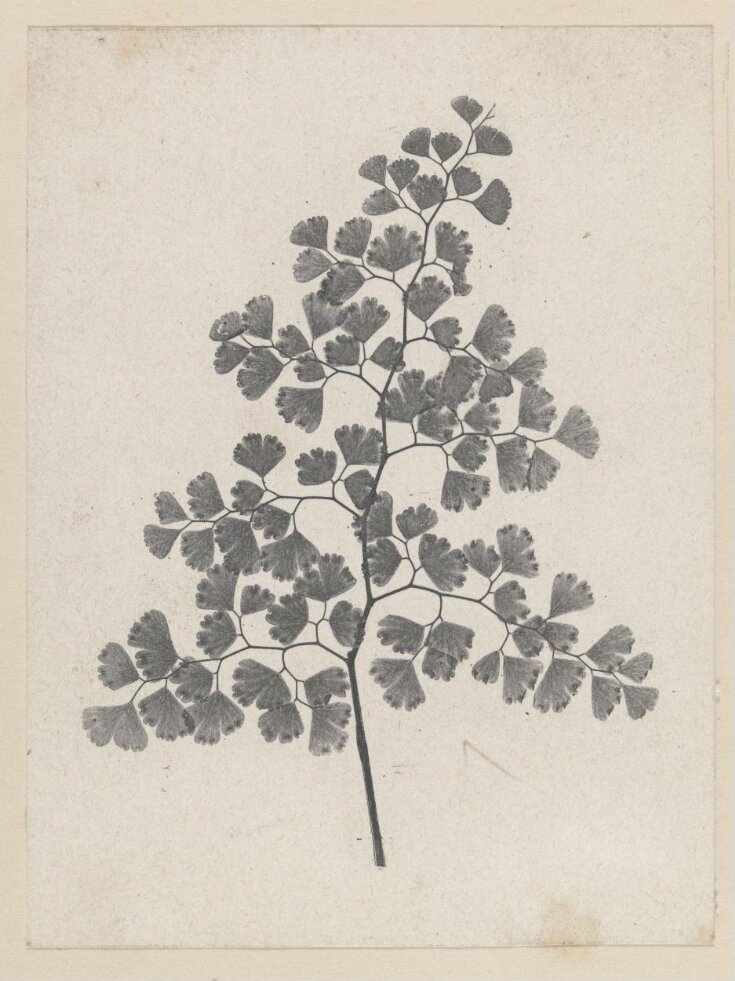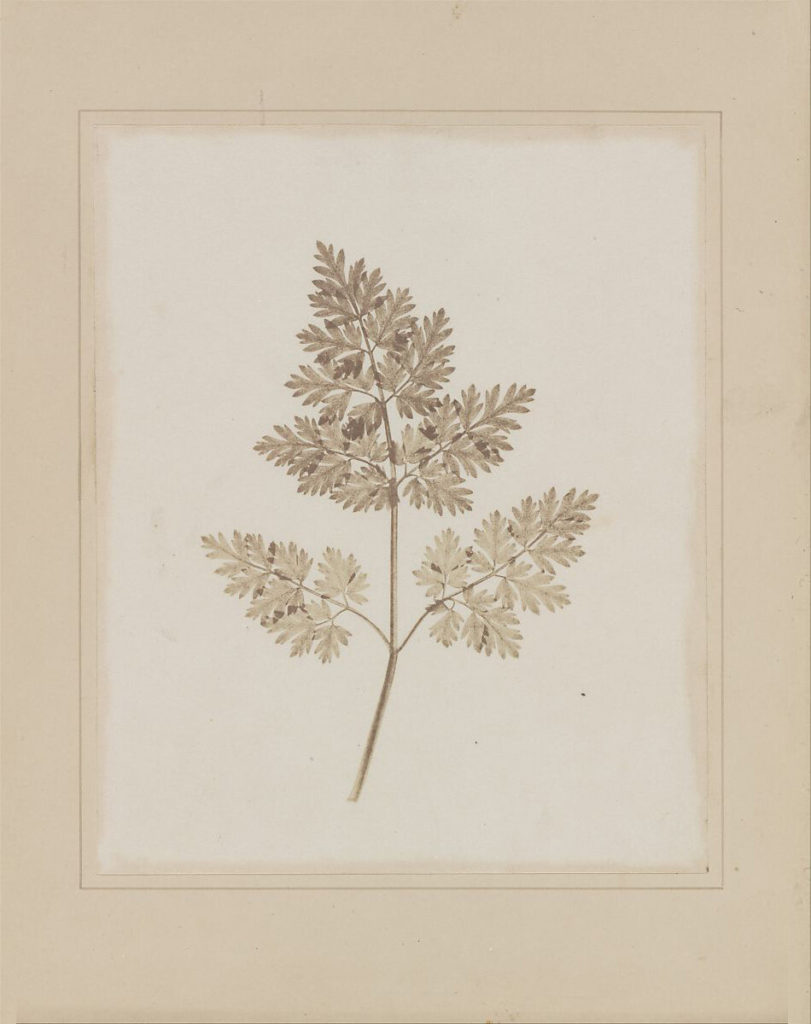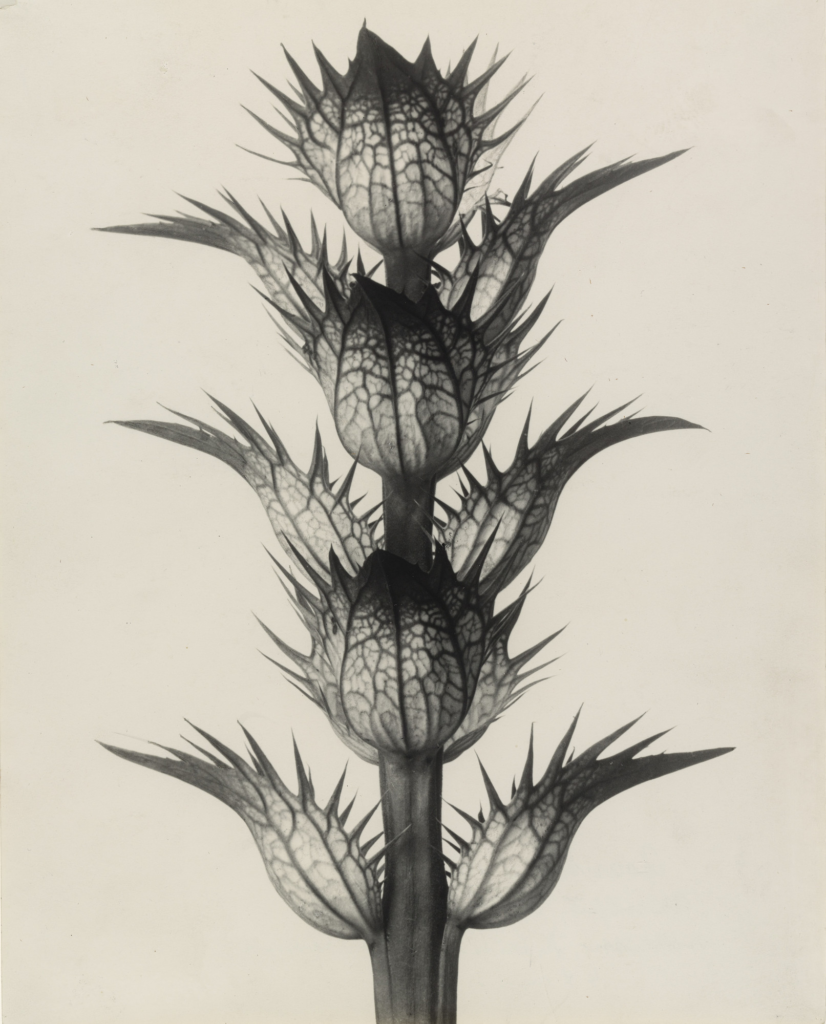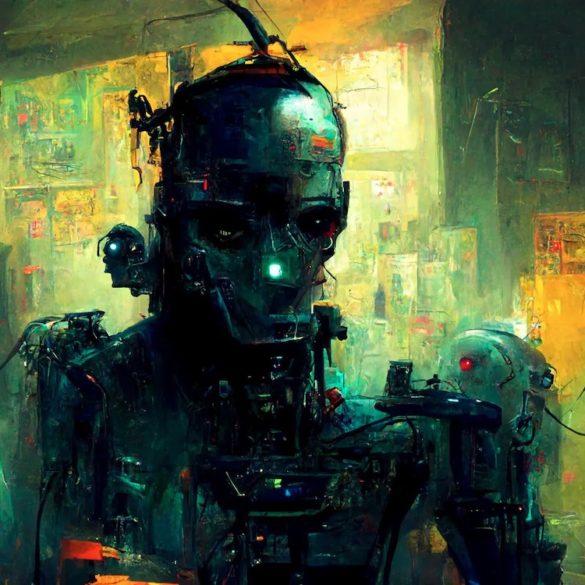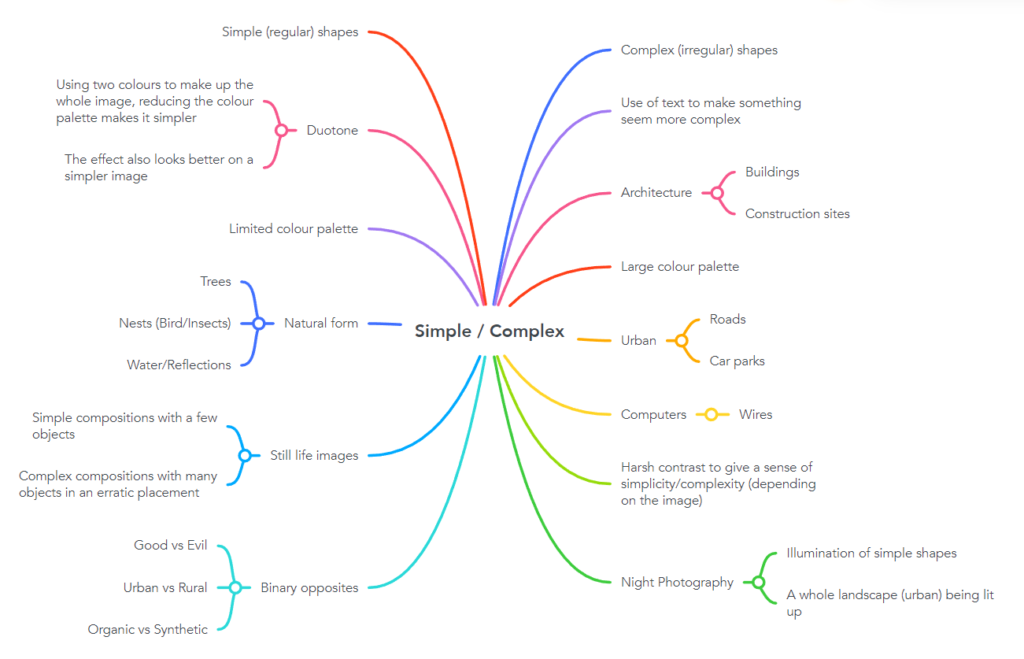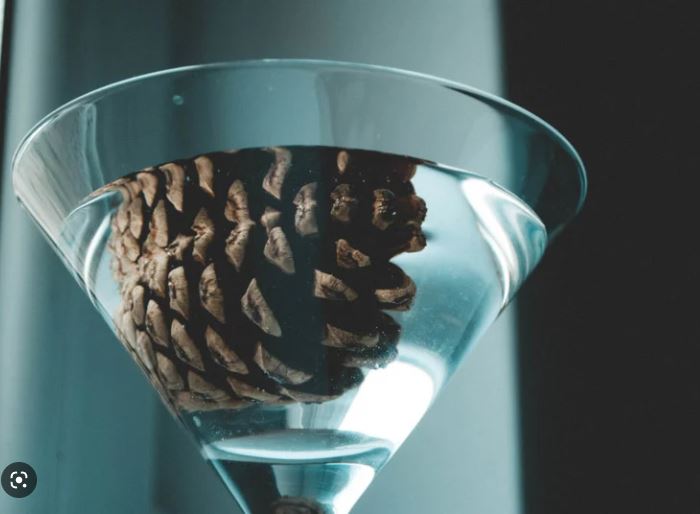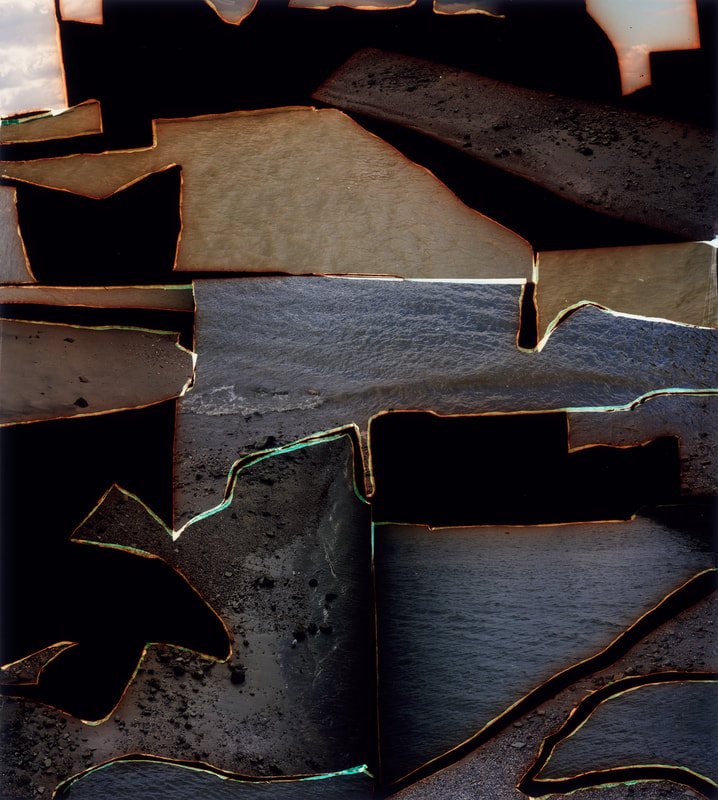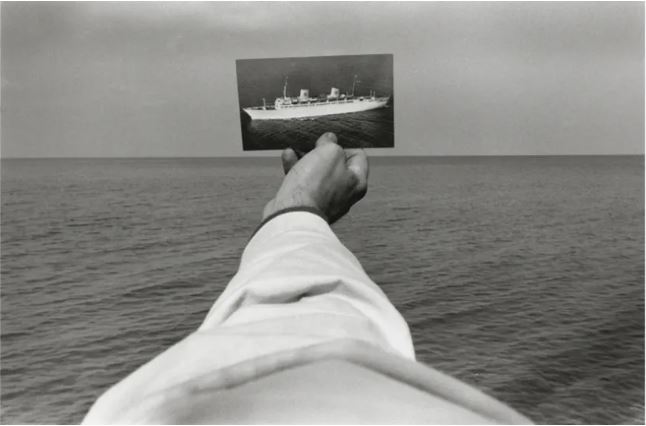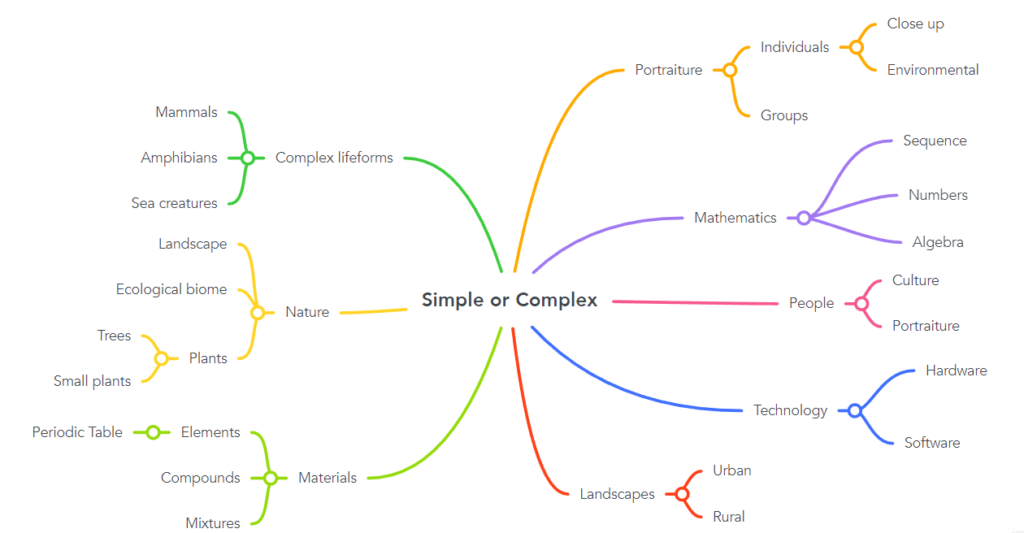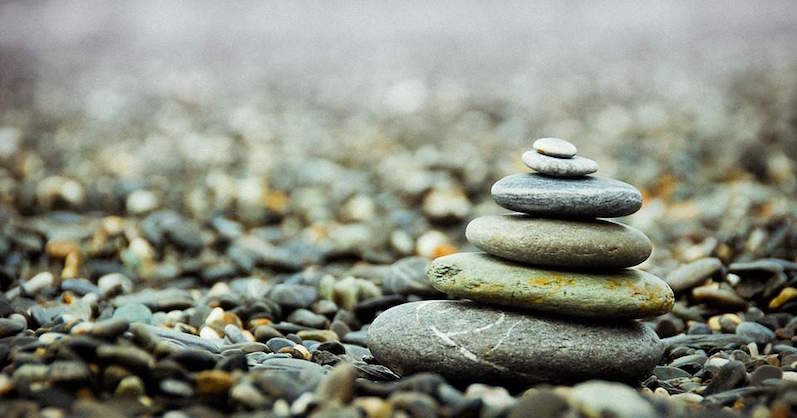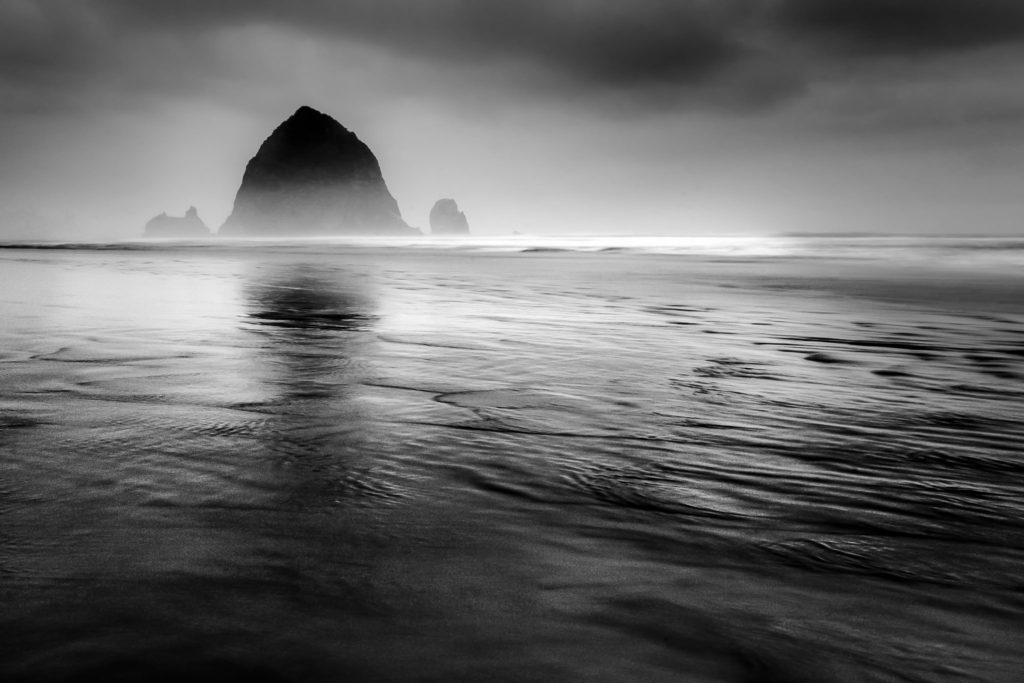Below I have included a screenshot of the mood board I have created to demonstrate my first ideas when it comes to addressing the theme of ‘Simple and Complex’ which is our new exam project. Making this mindmap helped me to consider my first ideas and how they could start to happen, and the ideas in my head started to link to real life ideas, objects and structures. I really liked how broad this theme is, as it can be considered in a lot of different ways, and any images that I could take could even be linked to the concept of ‘simple’ or ‘complex’.
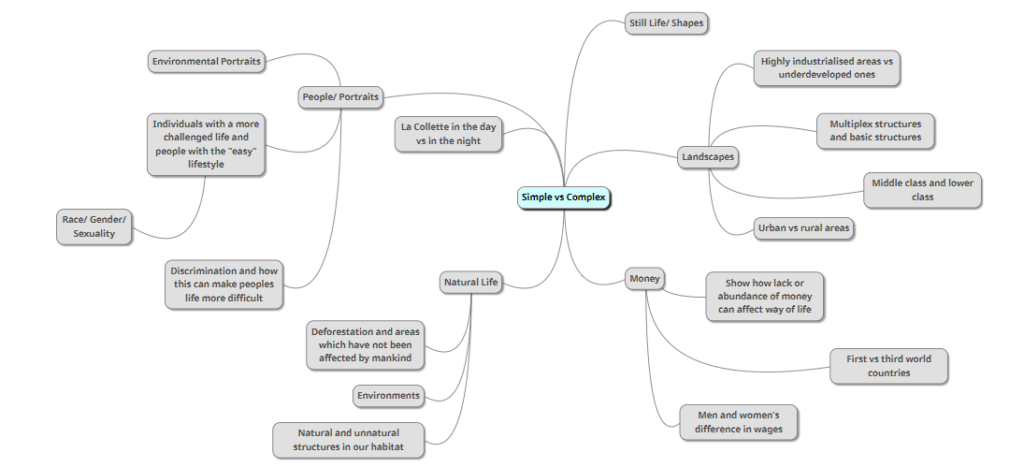
The Concept of ‘Simple’ Photography
I have looked through many images in order to come up with this mood board which addresses and helps me visualise what the idea of ‘simple’ looks like. Throughout this I have focus on the idea that either the style of photography is simple, or the objects or landscapes are simple in themselves. I really like the fact that searching through the internet to try and find images really does inspire me, and most importantly help me visual my ideas.

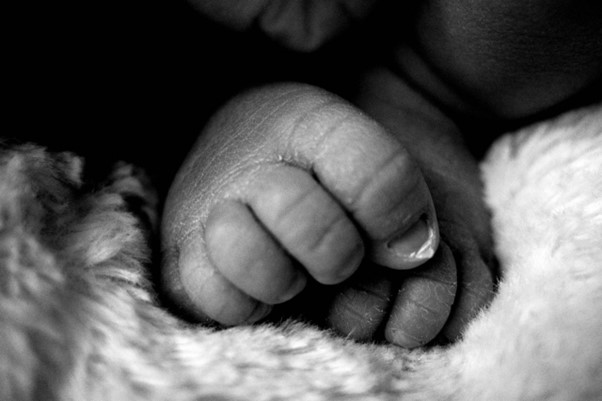
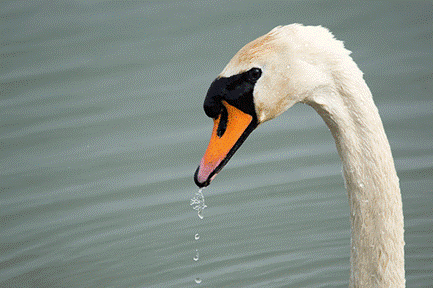
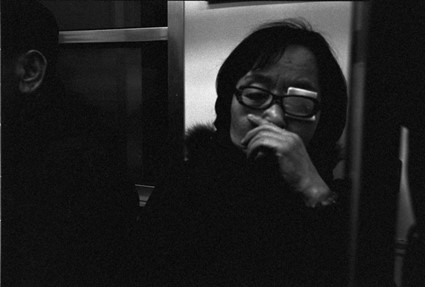
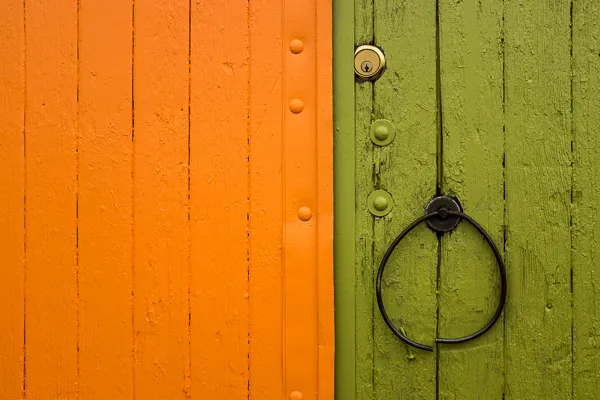
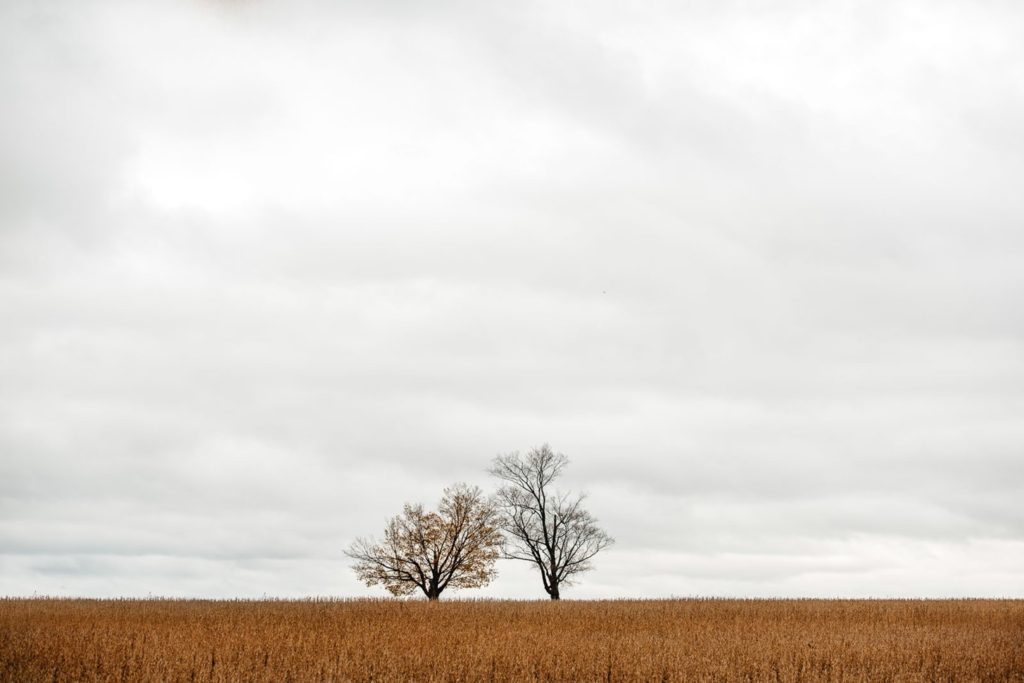
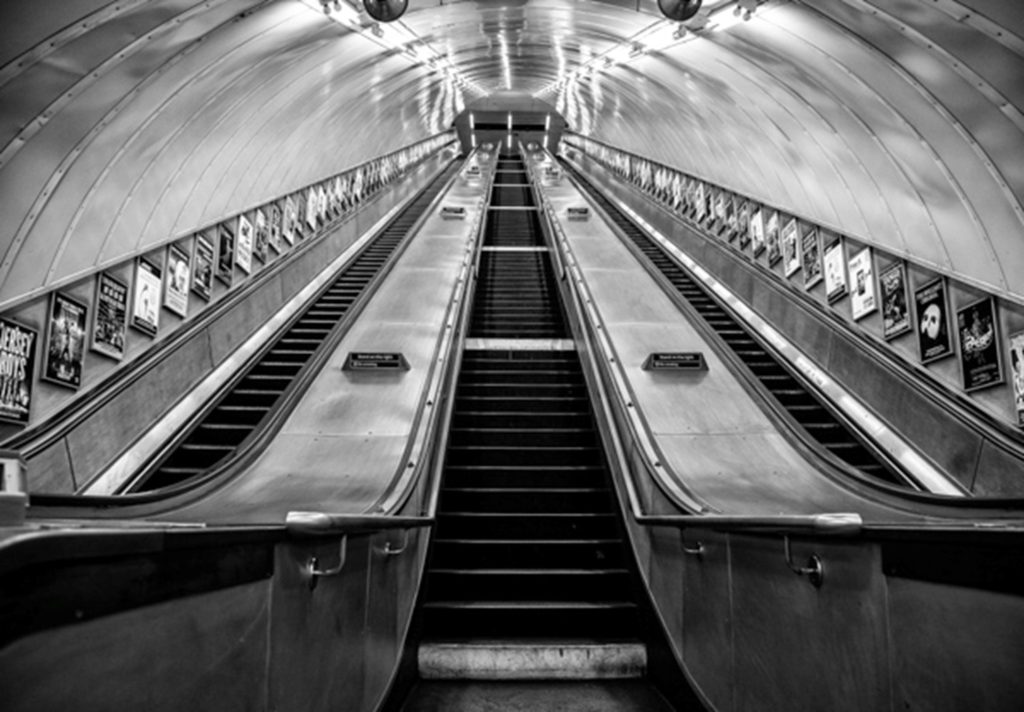

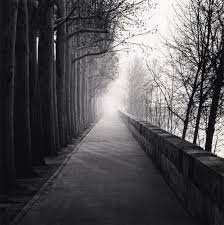
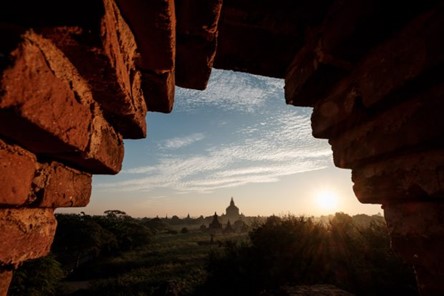
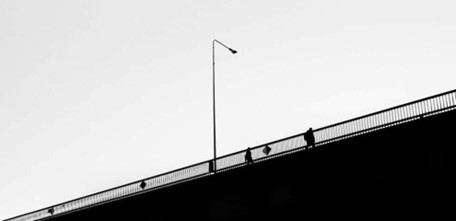
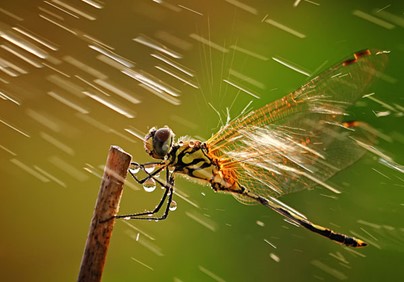
How will ‘Simple’ be present in my future project? I would like to take very simple images of complex and intricate structures and objects, as I would prefer to focus on this rather then the genre of portraiture. I think that me exploring simple kinds of photography, maybe like the work of Bernd and Hilla Becher as there concept is very interesting and could relate to taking photographs of any objects that I am interested in. I would like to take simple images of different aspects of nature, such as farm animals and flowers/ plants. I think that displaying my images in a typology will emphasise the fact that natural substances and complex in themselves, but within themselves they are considered to be simple formations. This will create the question of is nature simple of complex.
The Concept of ‘Complex’ Photography
When first considering the idea of complex images, its thought that these types of images take more application and technical skill. However, I think that taking photographers of controversial and not typical “complex” ideas is a more analytical way to approach this exam project. For example, some landscapes are not seen to be complex, however they may contain a lot of history, or be the home for a lot of natural life, and I think that consideration for things that do not appear complex but actually are is very relevant to my project.
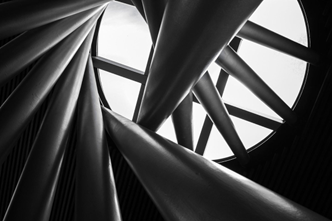
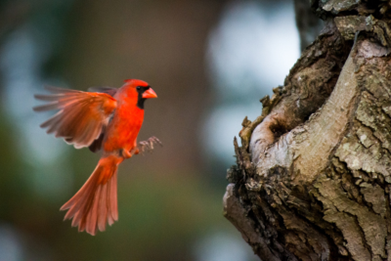
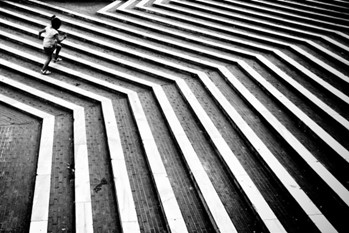
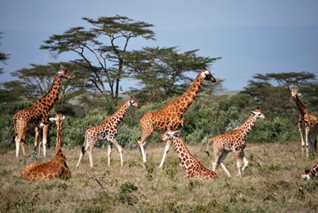
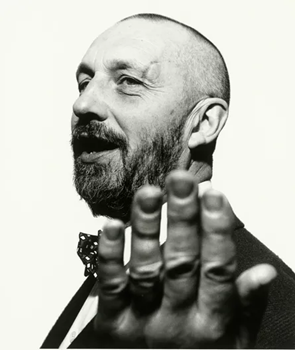
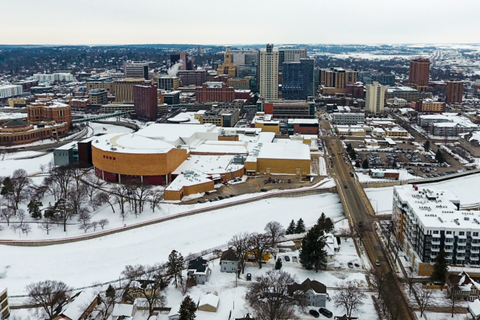
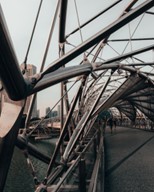
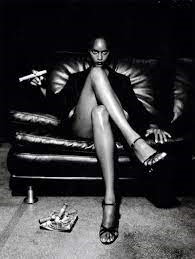
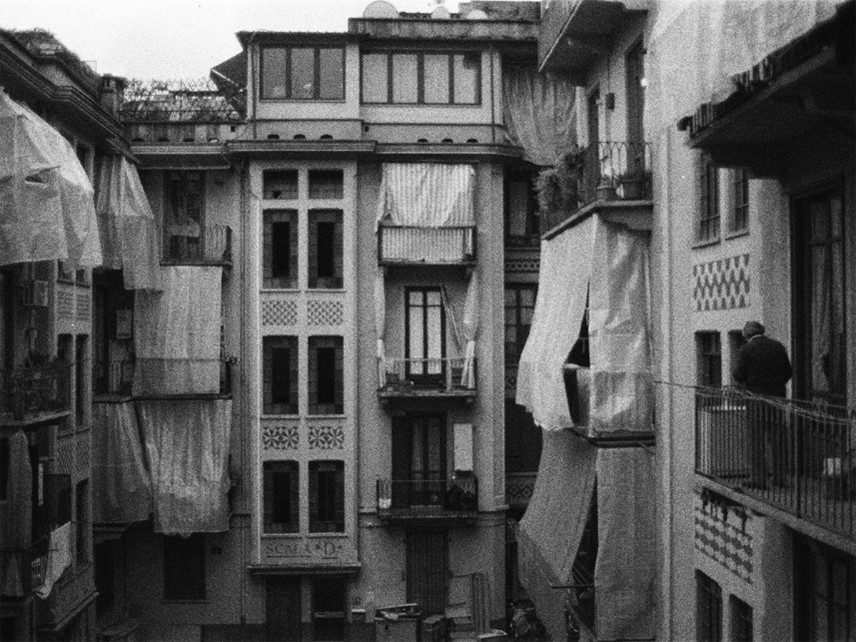

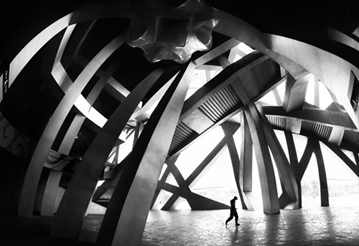
How will ‘Complex’ be present in my future project? I would to focus on mostly the structural complexity of places/ objects that appear very simple, but are in fact very complex. For example, the concept of a flower has good connotations, along with them looking very simple. However, they some of them have very complex structures, with each part of these plants having very different but still vital functions throughout. I think that this concept is very interesting as images are very much viewed differently when it comes to the perceptive of the viewer. Furthermore, I would like to focus on the idea that perspective makes photographs either appear simple or complex, and this will be demonstrated by me taking images or very simple objects and educating people on how they can be complex and intricate too.

